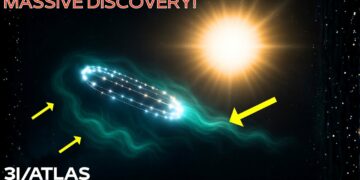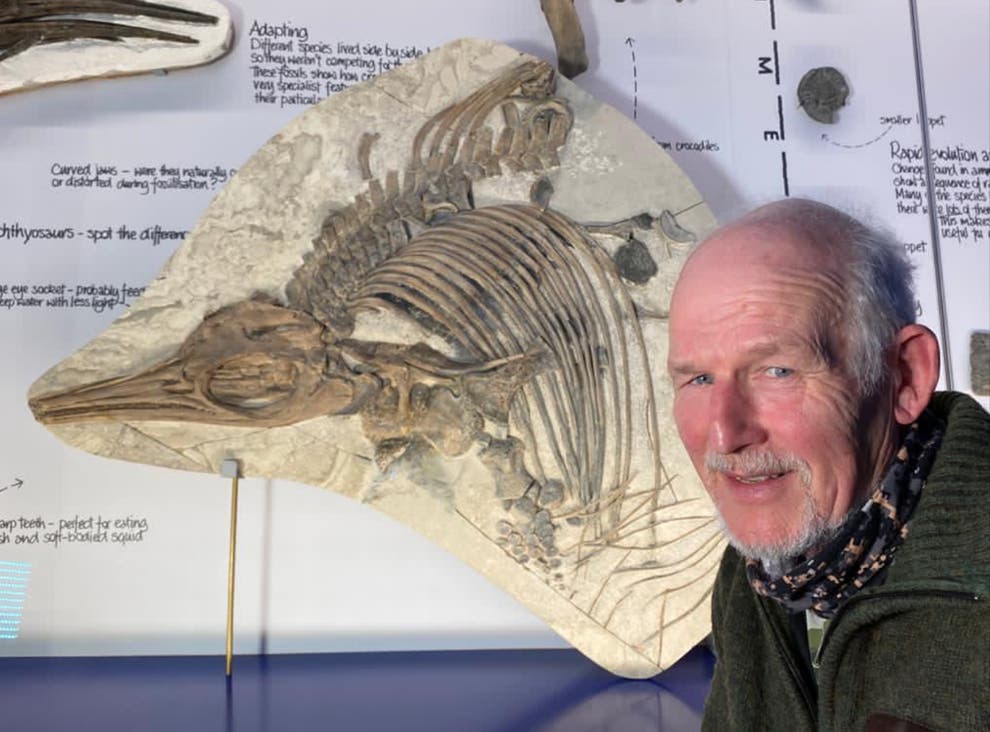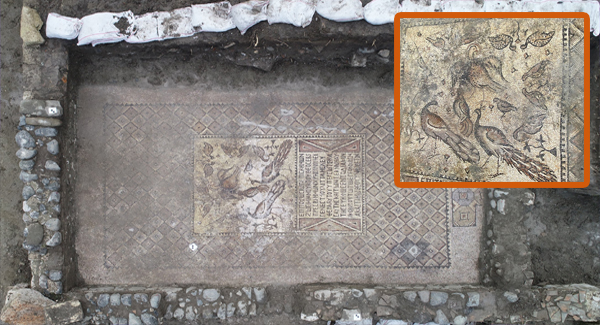‘Oumuamua Returns: Cosmic Mystery or Alien Tech?
In 2017, a cigar-shaped object named ‘Oumuamua zipped through our Solar System, leaving a trail of questions: Rock, comet, or alien technology? Now, in February 2025, telescopes have spotted it—or something eerily similar—back again, and it’s not alone. Multiple objects with the same bizarre shape and behavior are cruising our cosmic neighborhood. This isn’t just a science footnote; it’s a universe-shaking mystery, and it’s unfolding now.
The Story Begins in 2017
On October 19, 2017, astronomer Robert Weryk in Hawaii spotted a “blip” moving at 196,000 mph through the Pan-STARRS telescope. It wasn’t from our Solar System, nor did it orbit the Sun. Instead, it came from interstellar space, millions of light-years away. Named ‘Oumuamua—Hawaiian for “first messenger”—it was 240-400 meters long, pencil-thin, tumbling every 7.3 hours, reddish, and left no trail of gas or dust like a comet. Stranger still: it sped up as it left, defying gravity’s rules.
Scientists debated: An odd asteroid? A tailless comet? Or gas from internal ice pushing it along? But there was no evidence—no dust, no vapor. Harvard astrophysicist Avi Loeb dropped a bombshell: What if it’s alien tech, like a super-thin light sail propelled by sunlight? This isn’t sci-fi—humanity’s LightSail 2 proved the concept works since 2019.
2025: ‘Oumuamua 2.0 and Its Crew
Now, similar objects have reappeared: same cigar shape, same chaotic tumble, same mysterious acceleration. At least three of them, moving like a squad. Elon Musk calls it “humanity’s greatest discovery.” SpaceX, NASA, China, and ESA are mobilizing, deploying telescopes, sensors, and plans for probe launches to get up close. Today’s tech far surpasses 2017’s: the Vera Rubin Observatory in Chile, set to scan the entire sky, will hunt these intruders before they slip away.
Why It Matters
If these are interstellar rocks, they’ll reveal how other stars forge matter, opening new chapters in science. But if they’re alien tech—whether relics of a long-dead civilization or active probes—the implications are staggering. Light sails could revolutionize space travel, ditching traditional fuel for photon-powered journeys. Bigger questions loom: Who sent them? Why are they here? Are we being watched?
The Story Continues
‘Oumuamua isn’t a one-off. In 2014, an interstellar meteor hit Earth. In 2019, the interstellar comet Borisov appeared. The universe is a bustling “highway,” and we’re just noticing the traffic. Projects like Lyra aim to chase and capture close-up images of these objects.
Conclusion
Rock, alien relic, or advanced tech, ‘Oumuamua and its companions challenge everything we know. This is humanity’s chance to reach out and hunt for cosmic truth. What’s your take—natural or extraterrestrial? Drop your thoughts and stay tuned for more universe-unraveling mysteries!























